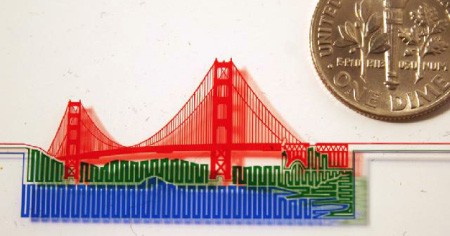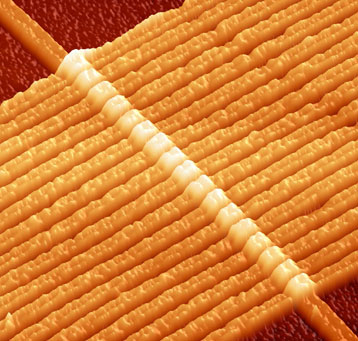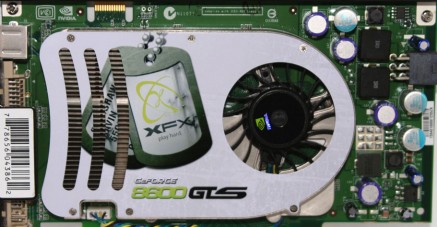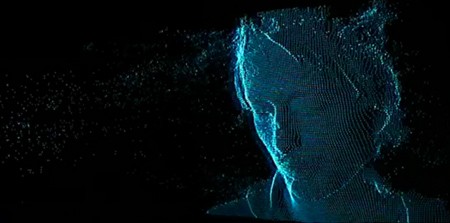People tend not to think about the non-Newtonian properties of foodstuffs, but we’re glad at least one person did. When it comes to cornstarch, it’s indeterminate viscosity when mixed with water made it the perfect solution for a pretty neat trick: making a liquid move in reaction to a subwoofer. The unique motion can be attributed to the physical properties of the solution: when enough force is applied quickly, it acts as a solid. Otherwise, it flows like a liquid. The erratic bouncing of the sound waves combined with a little tactile manipulation create varying degrees and speeds of applied pressure, which in turn create a mass of flowing shapes that almost appear to be alive.
We’ve covered weird fluids before, but this is perhaps most similar to SnOil, a game that uses ferrofluids to achieve a similar result. SnOil, however, does not depend of vibrations to create shapes in the fluid, it uses small electromagnets and magnetically charges liquid instead. We love the ordered appearance of the SnOil unit, but the chaotic motion of the cornstarch and it’s non-Newtonian properties make it appear almost otherworldly. We wonder how ferrofluids would react in a situation similar to the cornstarch above, since it would respond to both the vibration and the voice coil’s magnetic field.
[via Neatorama]
















